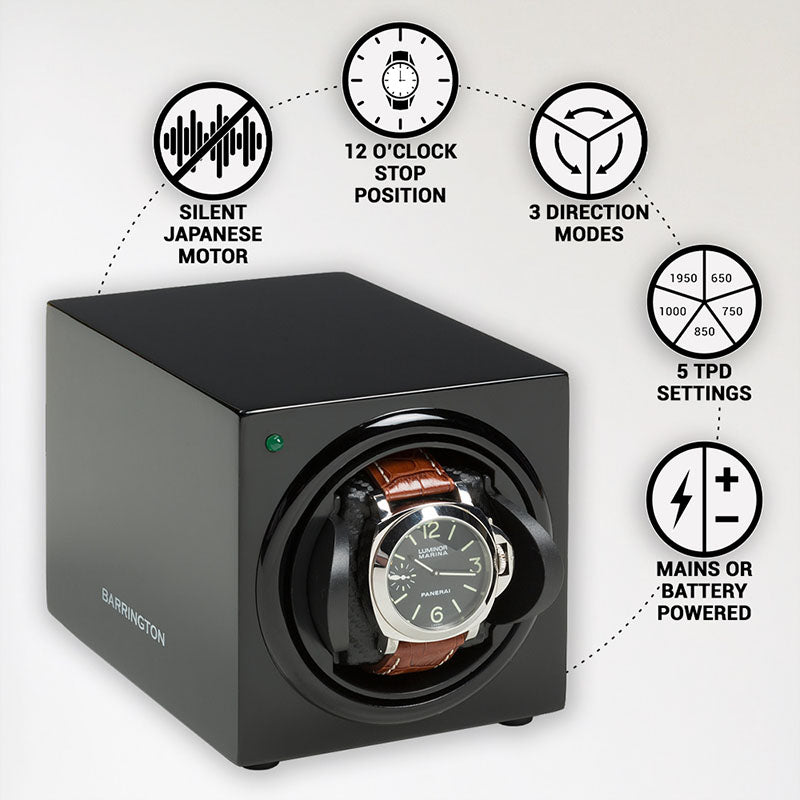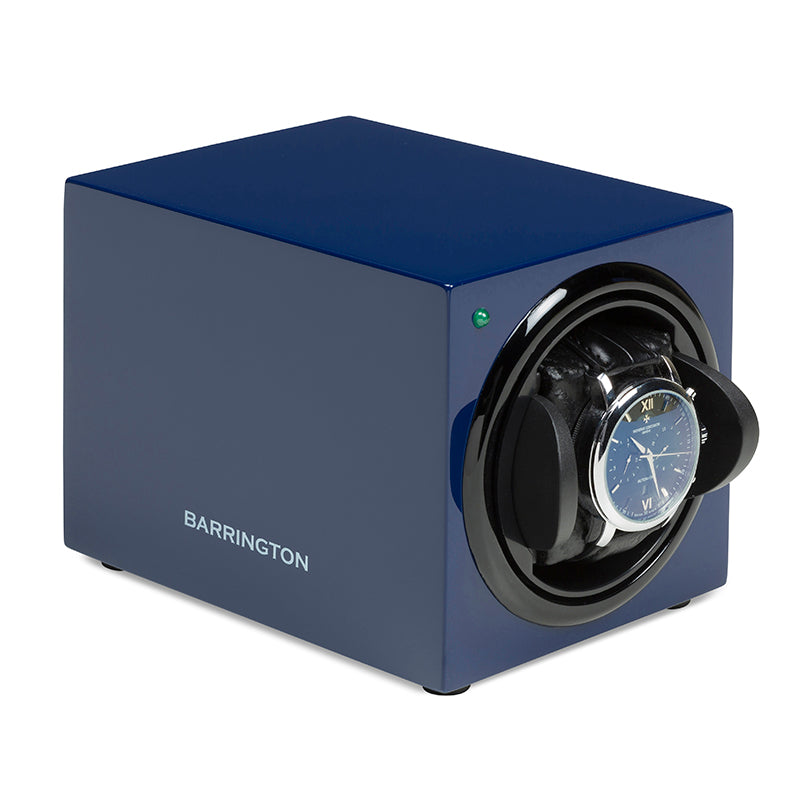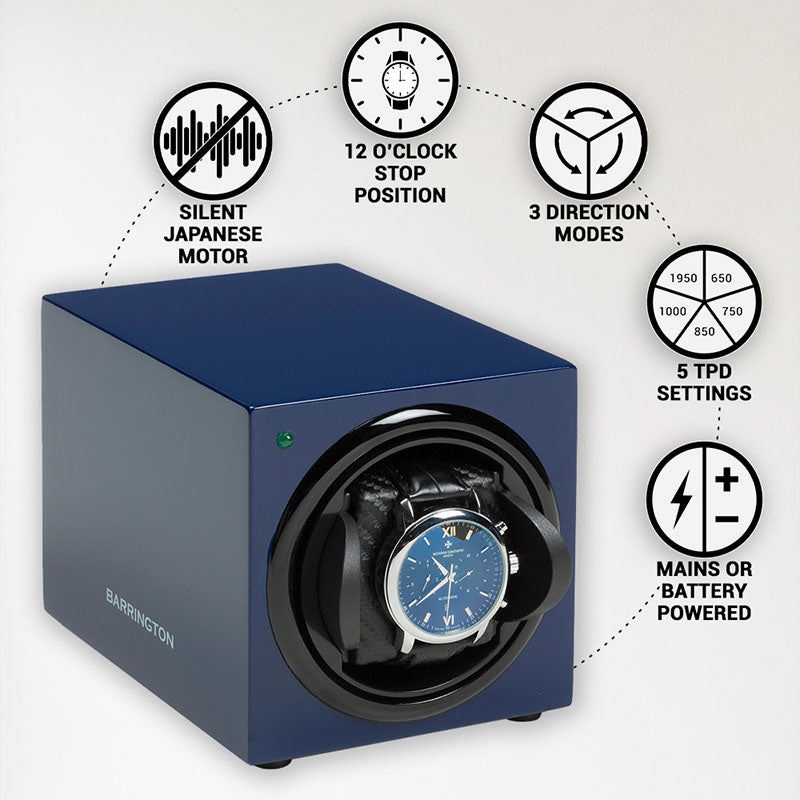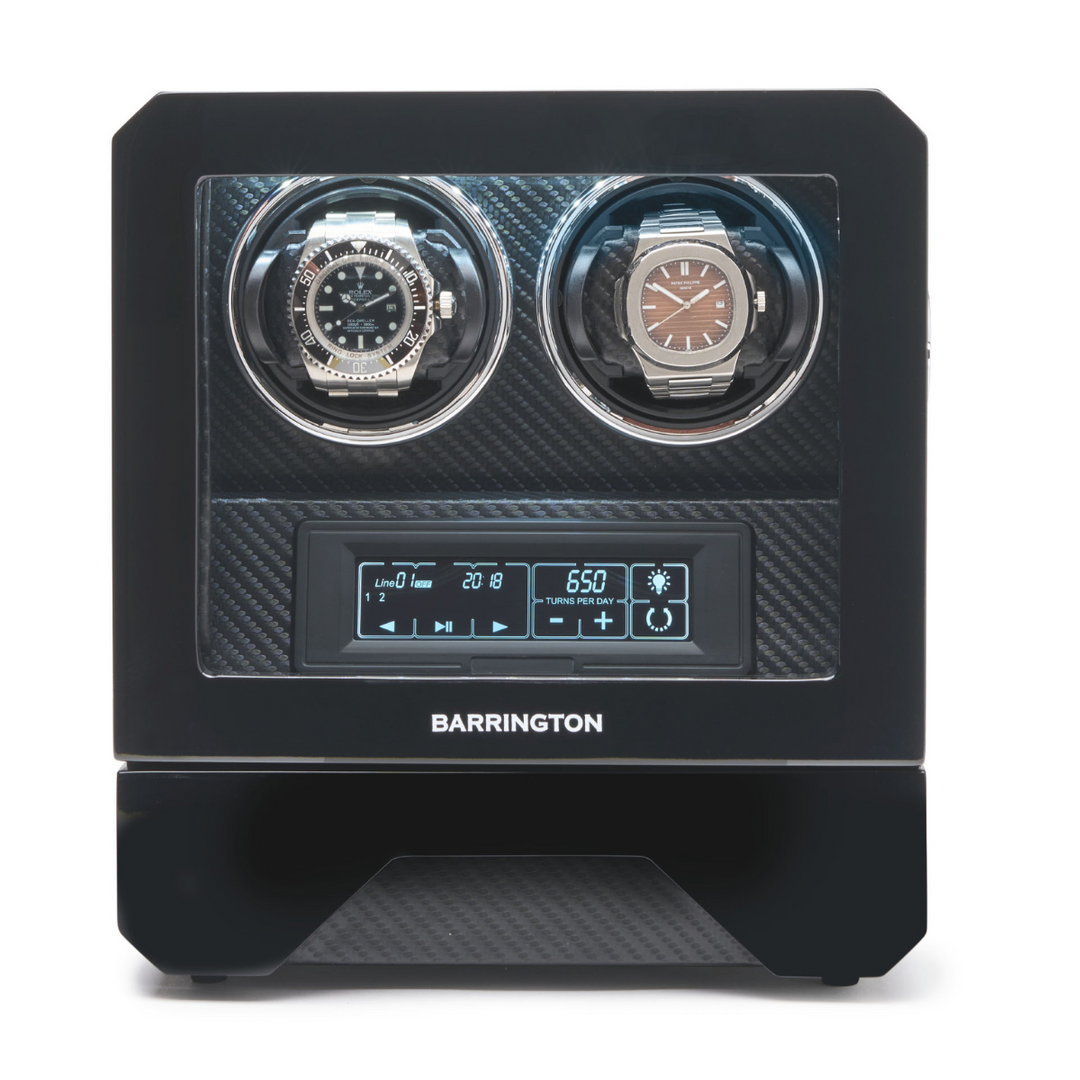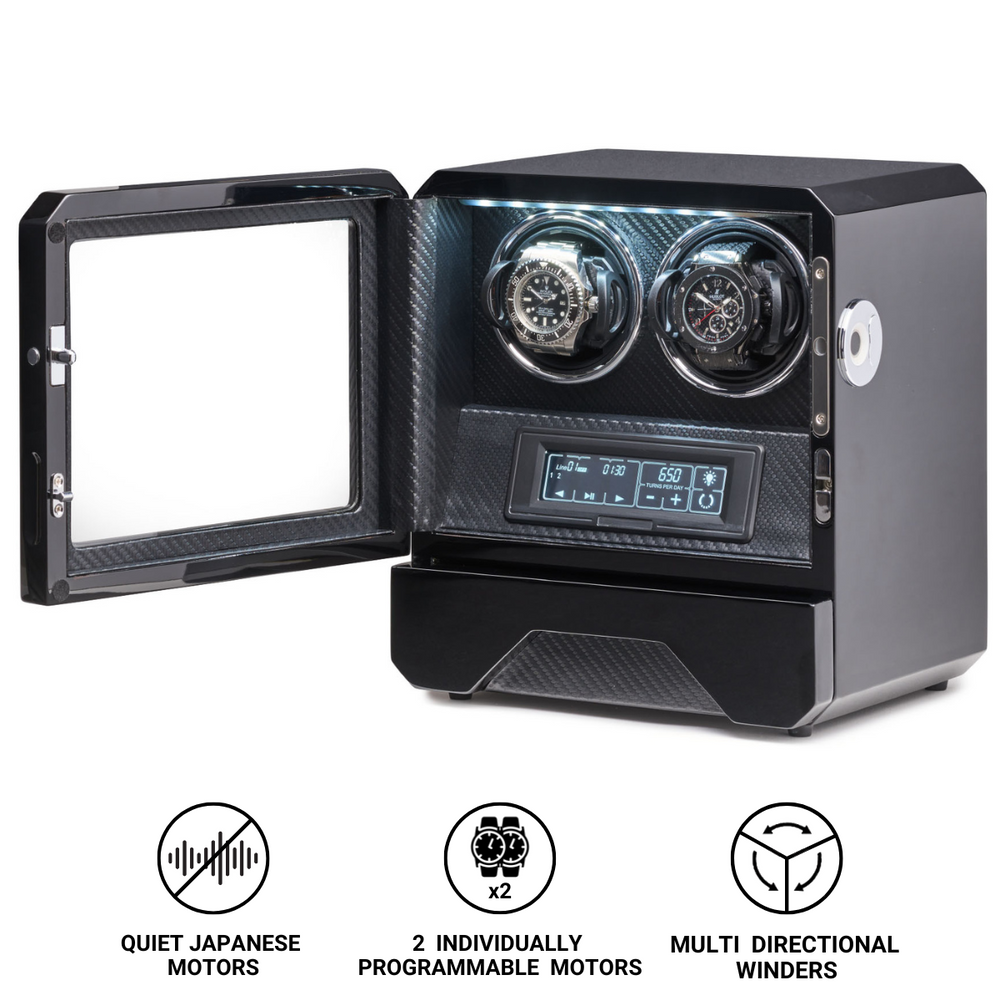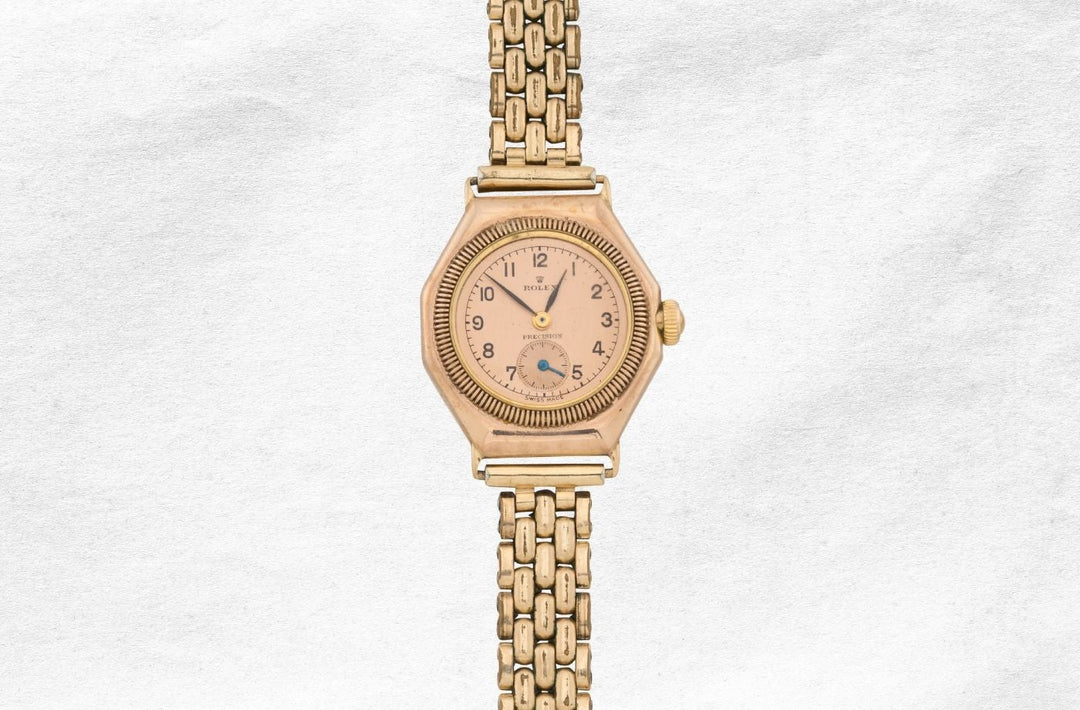Highlights from Phillips New York Watch Auction: XII
Held across two days on 8 and 9 June, The New York Watch Auction: XII by Phillips once again brought together an exceptional mix of vintage icons, independent creations and bespoke one-offs. With 143 lots offered and strong global participation from collectors and dealers alike, the sale delivered robust results across price segments. Below are seven of the most notable lots, each illustrating the diversity and dynamism of the current watch market.
Patek Philippe Ref. 570 “Three-Tone Breguet Numerals”
Sold for: $1,066,800
Estimate: $200,000 – 400,000
Produced from 1938 onwards, the Ref. 570 was one of the earliest large-sized Calatrava models at 35.5 mm, preceding the modern dress watch format. This particular example, dating to 1943, is cased in stainless steel, an uncommon material at the time due to wartime rationing. The rarity is further heightened by its three-tone sector dial and applied Breguet numerals, of which only four examples are known. These dials were produced using different metal finishes, creating subtle contrast between the minute track, hour ring and centre. The watch is powered by calibre 12-120, Patek’s highly respected manually wound movement of the era. Its condition and rarity contributed to the million-dollar result, underscoring continued appetite for early steel Patek Philippe with unique dial configurations.
F. P. Journe Tourbillon Anniversaire Historique “T30”
Sold for: $889,000
Estimate: $180,000 – 360,000
Created in 2014 to mark 30 years since François-Paul Journe’s first watchmaking project, the T30 is a faithful reinterpretation of his original tourbillon pocket watch. The 40 mm case combines silver and rose gold, reflecting traditional 19th-century watchmaking materials. The movement is built from gilded brass and includes a one-minute tourbillon and remontoir d’égalité constant-force mechanism. Each element was produced in-house, including the thermally blued screws and hand-finished bridges. Only 99 examples were made, and this was number 39. Despite not being fitted with a sapphire caseback, the hinged hunter-back invites more traditional engagement with the movement, reinforcing its classical character. The strong result places it among the most valuable T30s sold to date.
A. Lange & Söhne Ref. 414.049 “1815 Chronograph – Villa d’Este Best of Show 2022”
Sold for: $736,600
Estimate: $100,000 – 200,000
Since 2012, A. Lange & Söhne has partnered with the Concorso d’Eleganza Villa d’Este, producing unique timepieces for the Best of Show winners. This 2022 piece was awarded to the owner of a 1937 Bugatti Type 57 S Cabriolet. The 39.5 mm white gold case houses the L951.5 chronograph movement with column wheel and flyback function. The rose gold dial with brown sub-dials is unique to this watch and echoes the car’s interior palette. The engraved caseback features the official crest of the concours. As the only 1815 Chronograph of its kind, it bridges horology and automotive heritage in a singular expression. The result reflects a growing demand for unique Lange creations beyond the Datograph or Zeitwerk lines.
Cartier Ref. 78102 Coussin Bamboo “Jumbo”
Sold for: $177,800
Estimate: $15,000 – 30,000
This late 1970s Cartier design represents the maison’s willingness to experiment with organic forms during the so-called "Louis Cartier era" of creative reawakening. The “Coussin” (cushion) case takes its shape and structure from bamboo stalks, with the textured yellow gold designed to mimic its segmented anatomy. The manually wound movement inside is based on the calibre P838, a reliable Swiss ébauche used across several Cartier models of the period. The dial is entirely minimalist, lacking even hour markers, which draws full attention to the sculptural quality of the case. Pieces like this pre-date Cartier’s broader reissue strategy and have become highly sought-after for their individuality and 1970s design language.
Cartier Ref. 4536 Santos Dumont XL “Timepeace” Edition
Sold for: $120,650
Estimate: $15,000 – 30,000
Released in 2024 through Cartier’s bespoke-order NSO programme, this watch is one of 25 produced. Its 34 by 46.5 mm case in yellow gold is paired with a malachite dial, a natural material associated with Cartier since the 1970s. The numerals vary in form and style, referencing timekeeping traditions from multiple global cultures. The watch uses the manually wound Piaget 430 MC movement, just 2.1 mm thick, helping maintain the elegant case profile. The NSO programme was quietly discontinued in early 2025, further enhancing the exclusivity of pieces produced under it. Collectors have responded favourably to these limited, highly artistic variants, often viewing them as future heritage pieces.
Bvlgari Tubogas
Sold for: $170,180
Estimate: $4,000 – 8,000
The Tubogas watch is one of Bvlgari’s most iconic postmodern creations, integrating jewellery design with horological function. This piece, dating to around 1980, features a 40 mm coiled yellow gold case with a black lacquered dial in a stylised teardrop shape. The off-centre dial enhances legibility when worn on the wrist, a design cue borrowed from driver’s watches of the 1920s and 30s. The hand-wound movement, likely a Jaeger-LeCoultre ébauche, was common among Bvlgari models from the period. The result – more than 42 times its high estimate – highlights the current interest in unconventional, historically important Italian design and speaks to the growing appetite for vintage jewellery watches from maisons like Bvlgari, Piaget and Van Cleef & Arpels.
Piaget Ref. 9902 C42 “Tiger Eye”
Sold for: $16,510
Estimate: $2,000 – 4,000
Produced during the peak of Piaget’s stone-dial era in the 1970s, this model features a tiger’s eye dial and matching bracelet links, both crafted from natural hardstone. The 23 mm cushion-shaped case is made of yellow gold and houses a manual-wind Piaget calibre, most likely from the 9P family. The model carries London import hallmarks, indicating it was sold through the brand’s UK distribution channels at the time. Stone-dial watches from this period were often produced in small batches and paired with integrated gold bracelets, resulting in pieces that blurred the line between jewellery and horology. Despite its modest price, the watch’s rarity and material quality make it a significant design object of the era.
Final Observations
The June 2025 Phillips sale in New York demonstrated a continued rebalancing of the high-end watch market. While six- and seven-figure results remain anchored to brands like Patek Philippe and A. Lange & Söhne, the surprise performance of lesser-known or historically underappreciated models – particularly from the 1970s and 1980s – shows the growing influence of design-forward collecting.
The collector landscape is also evolving. Watches with narrative, context or one-of-one production are increasingly favoured over generic complications. Independent brands like F. P. Journe and design-led maisons such as Cartier and Bvlgari are no longer seen as secondary but as integral to the shape of modern collecting.



